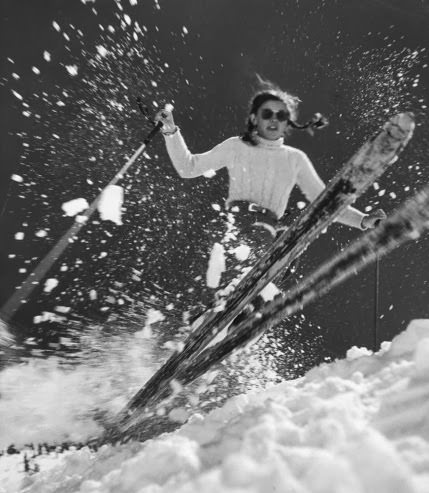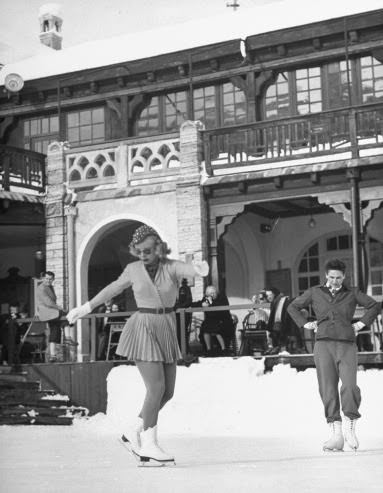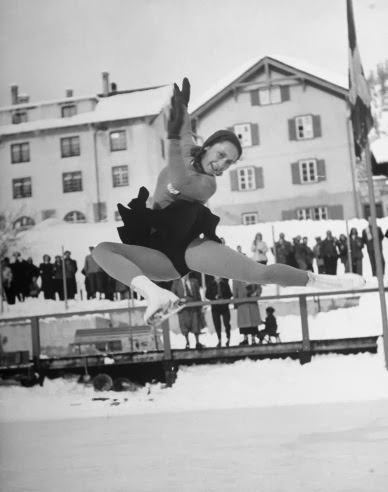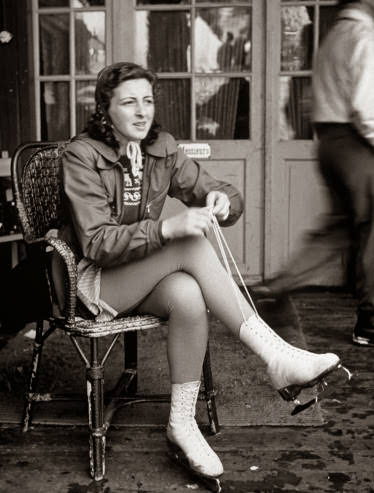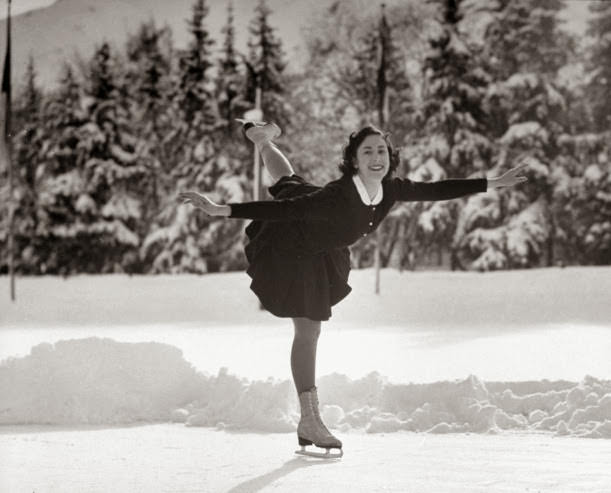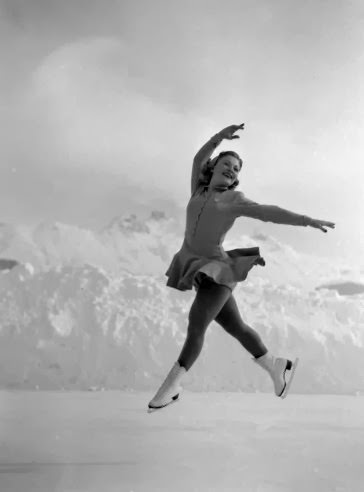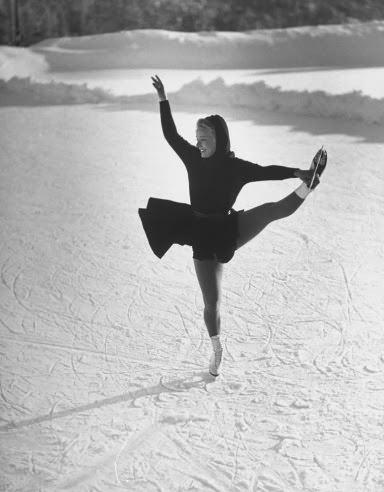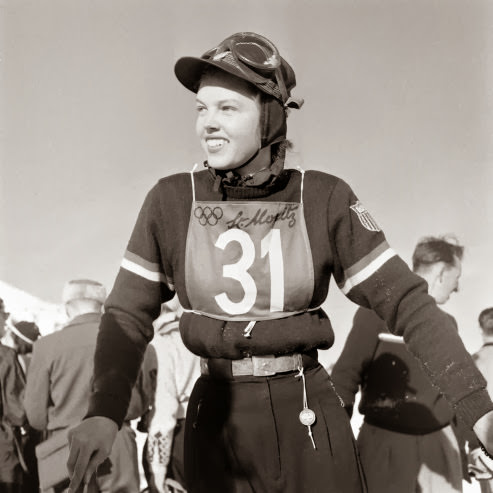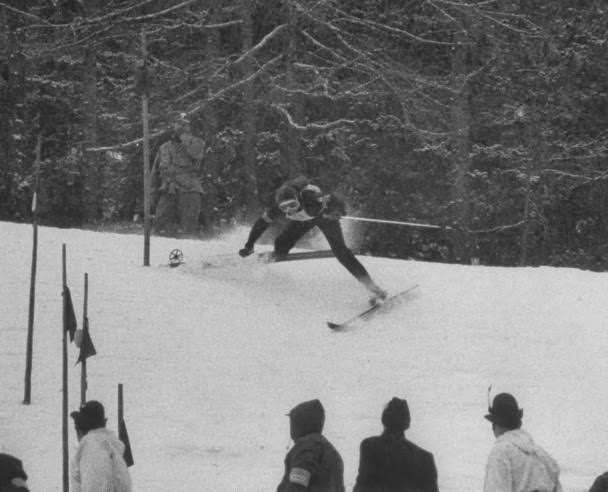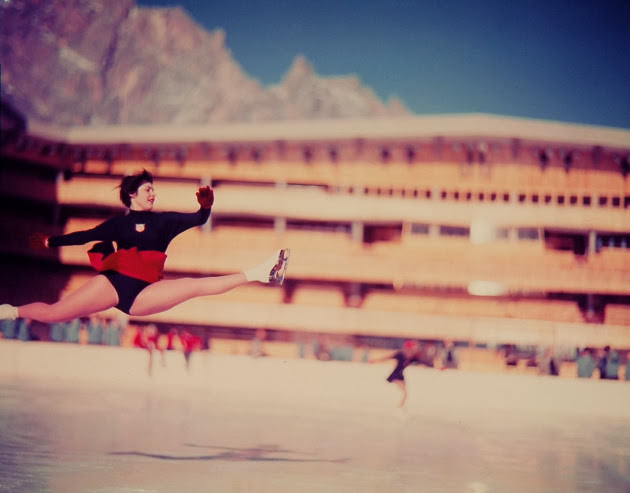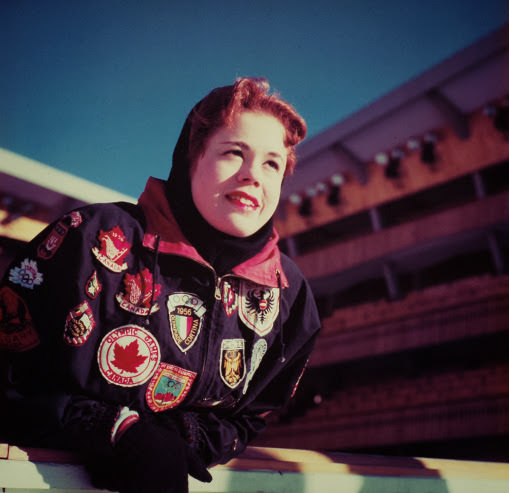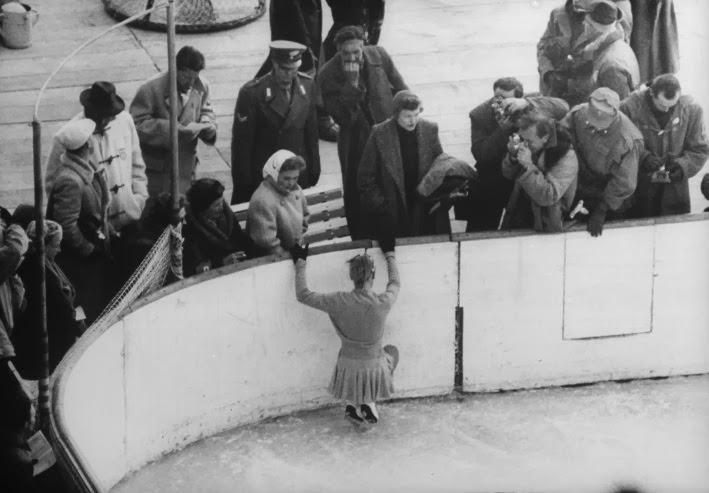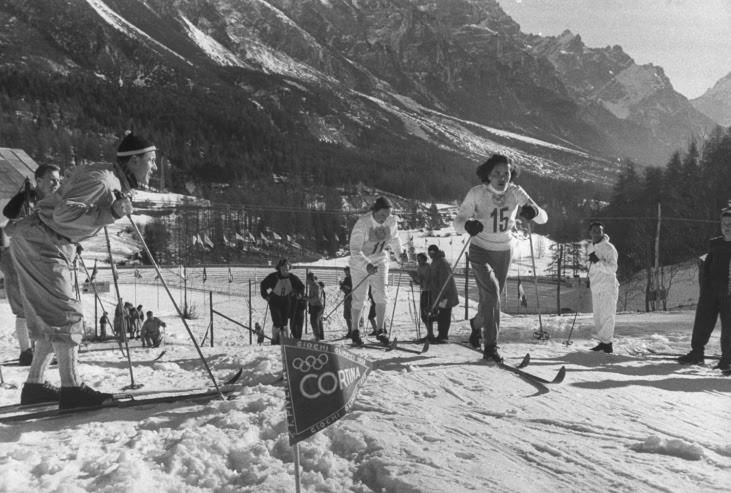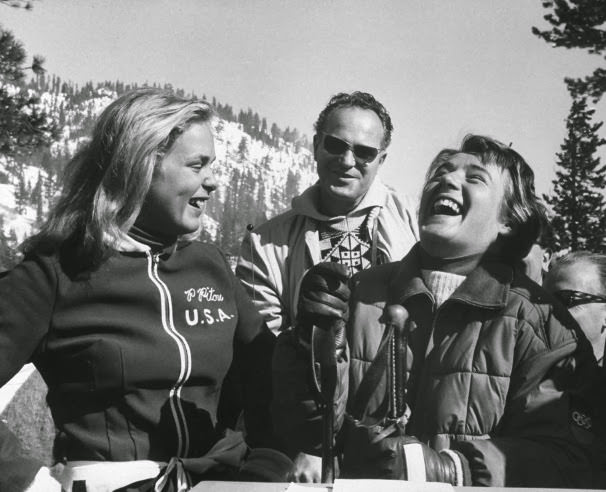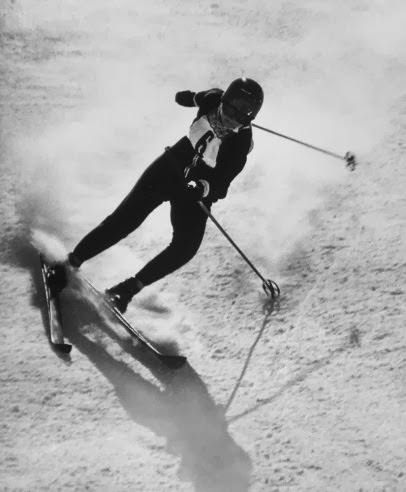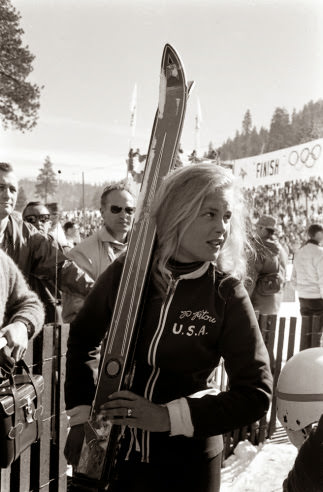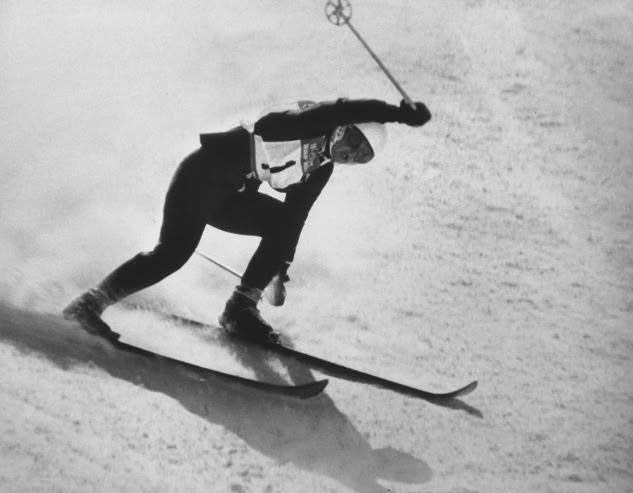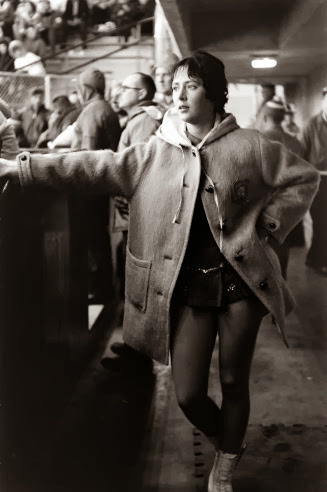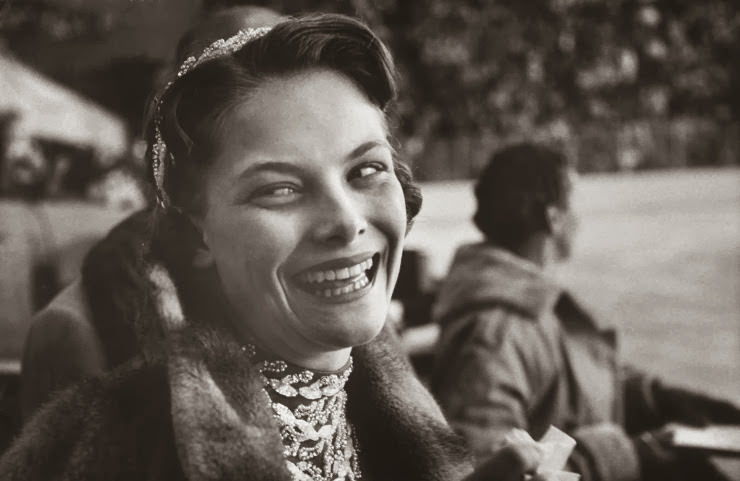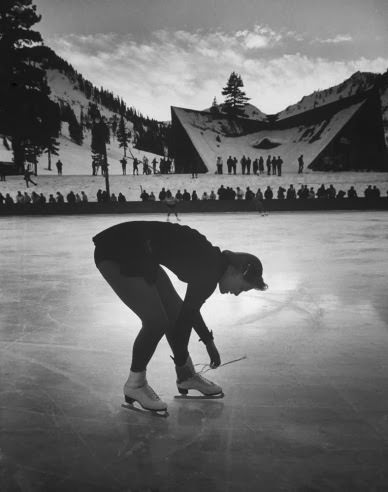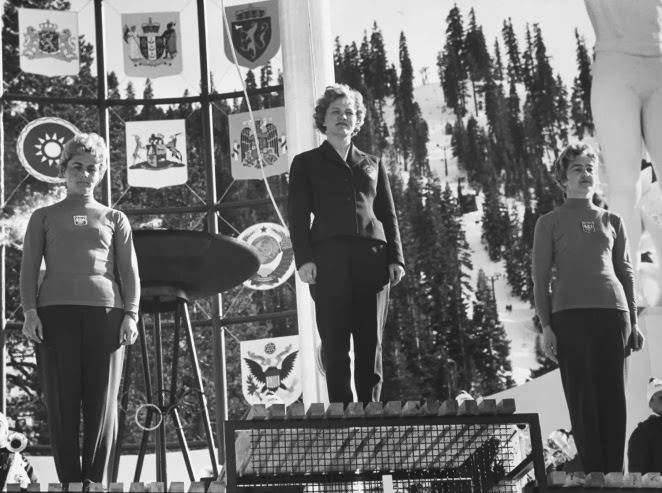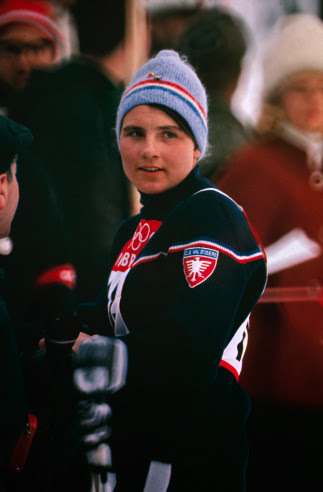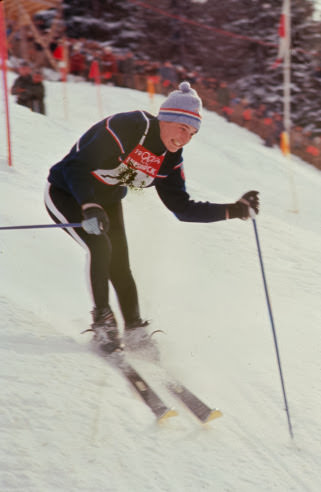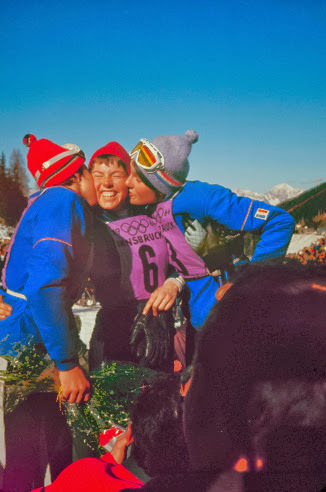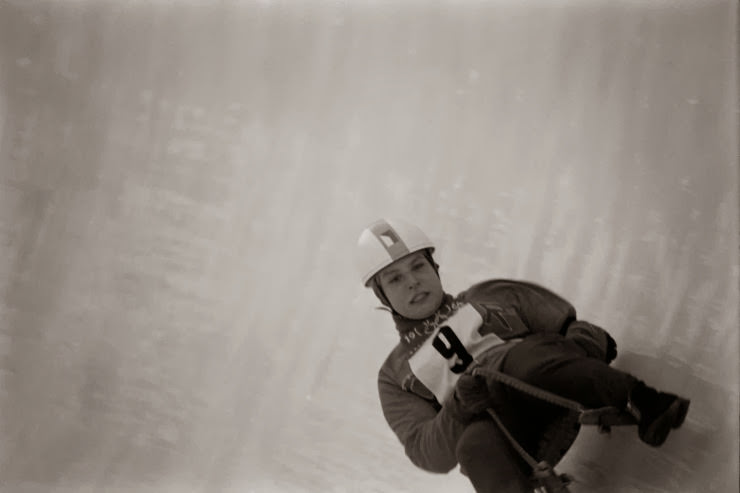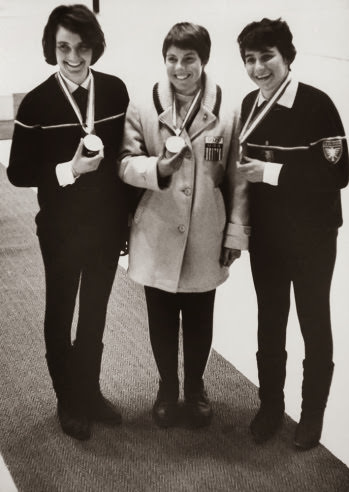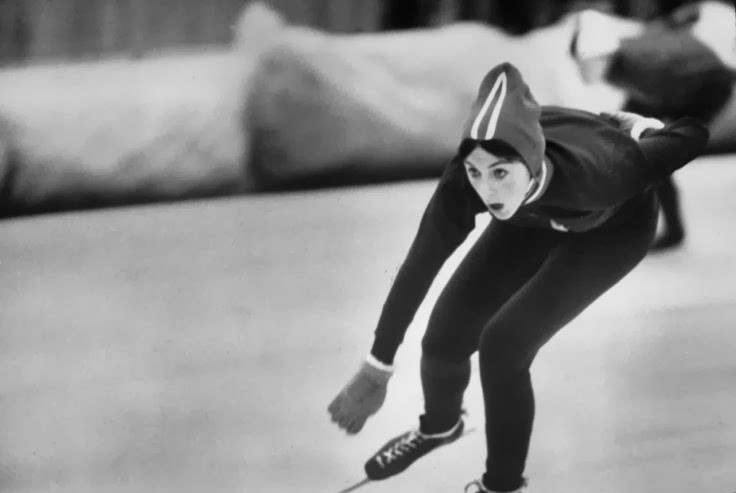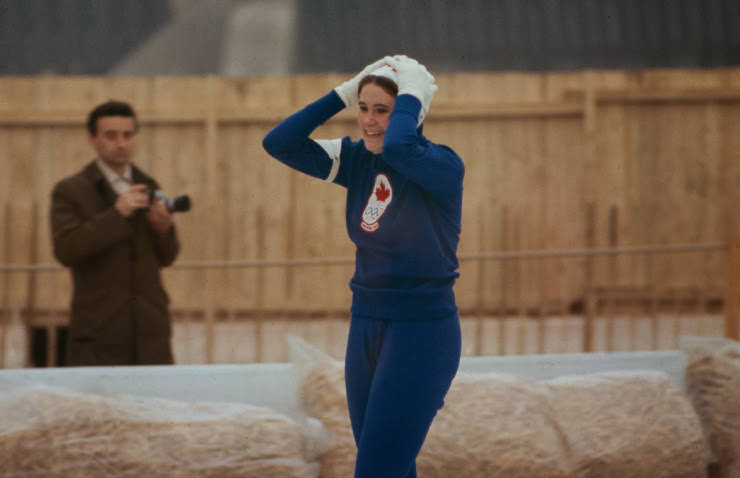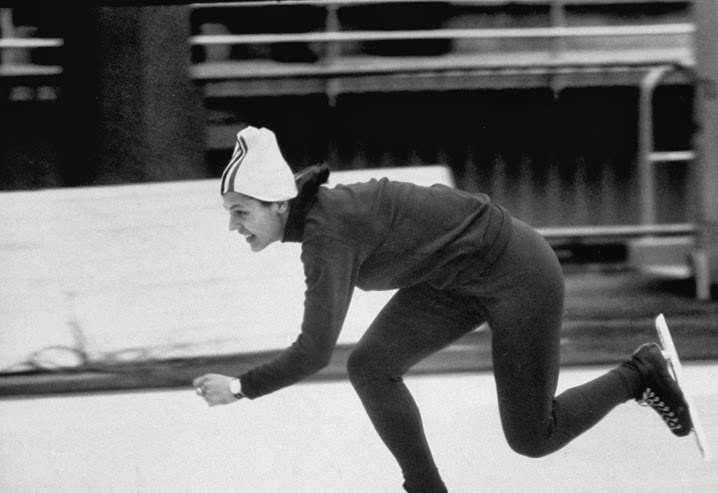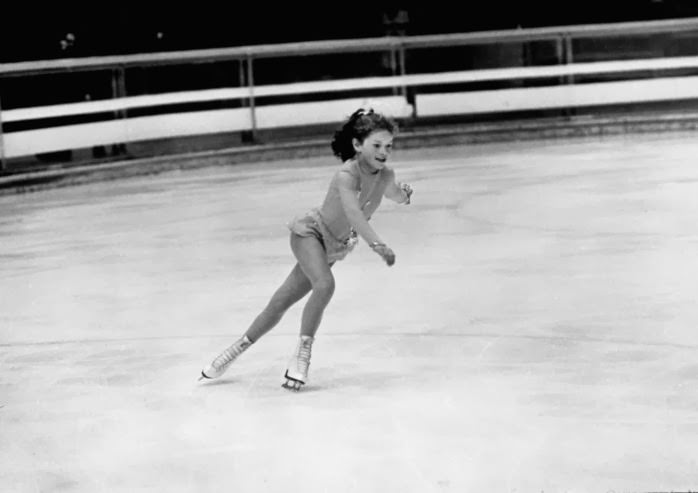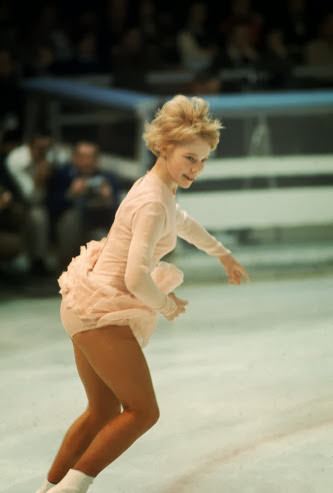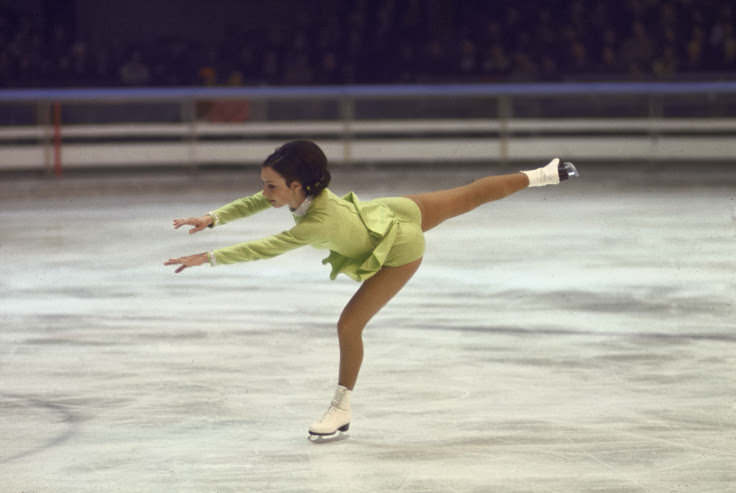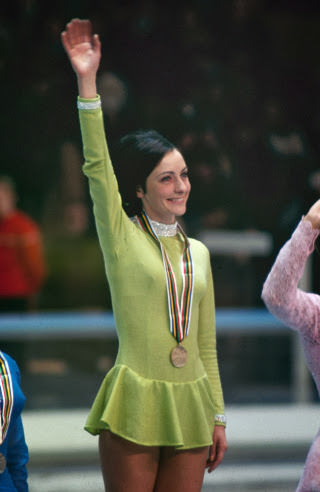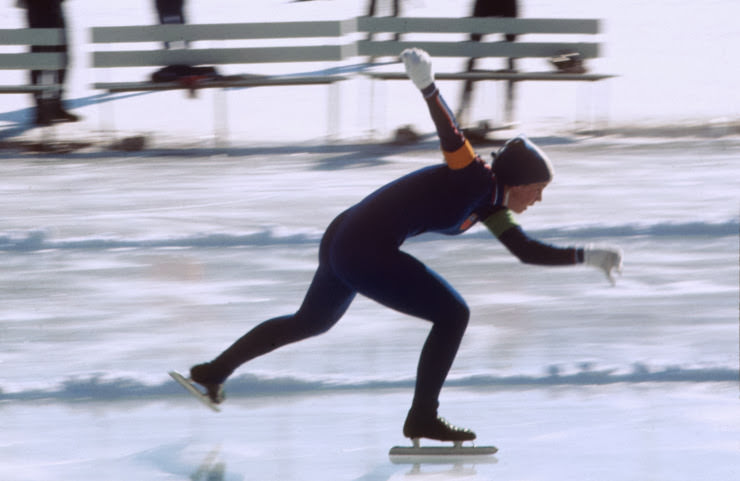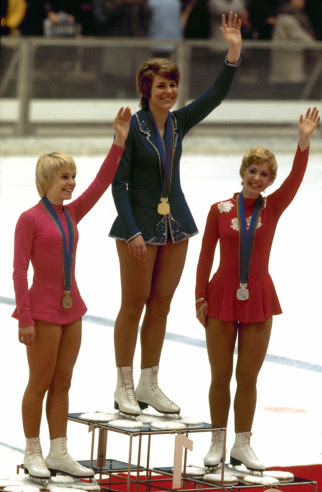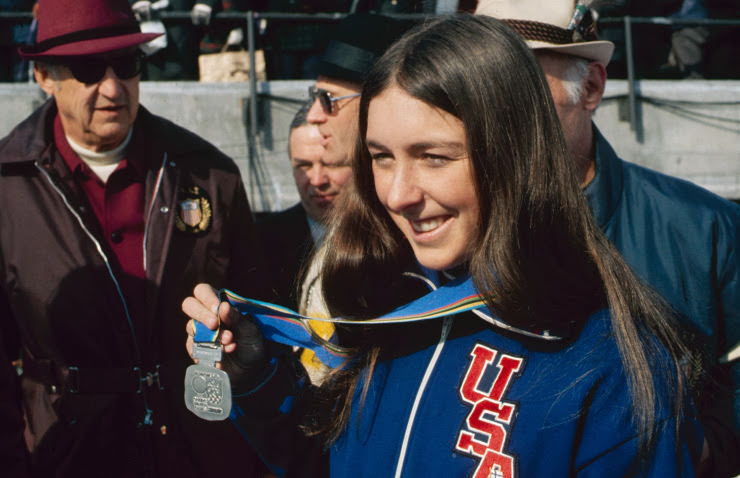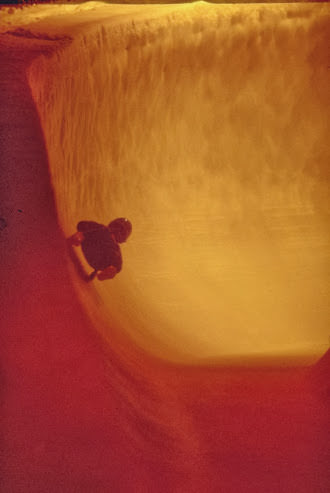Between the 1940s and 1970s, female athletes at the Winter Olympics moved from participating in a few select events to competing in a growing number of disciplines. This era saw the expansion of women’s sports on the world’s biggest winter stage, with athletes demonstrating skill and determination in events that demanded both grace and power.
The Post-War Games and Alpine Dominance
The Winter Olympics resumed in 1948 in St. Moritz, Switzerland, after a 12-year hiatus due to World War II. For women, the competitive landscape was limited. The only events open to them were in two main categories: figure skating and alpine skiing. Figure skating included the ladies’ singles event. In alpine skiing, women competed in the downhill, slalom, and the combined event, which tested their skills in both disciplines.
At these 1948 Games, American skier Gretchen Fraser won a gold medal in the newly introduced women’s slalom event and a silver in the combined. Four years later, at the 1952 Winter Olympics in Oslo, Norway, another American, Andrea Mead Lawrence, became a star. She won gold medals in both the slalom and the giant slalom, a new event for women that year, becoming the first American alpine skier to win two Olympic gold medals.
Read more
The Rise of Speed Skating and Soviet Power
The 1960 Winter Olympics in Squaw Valley, California, marked a significant expansion for female athletes with the introduction of women’s speed skating. Four events were added: the 500 meters, 1000 meters, 1500 meters, and 3000 meters. This provided a new platform for athletes who specialized in power and endurance on the ice.
A dominant force emerged in Soviet speed skater Lidiya Skoblikova. At the 1960 Games, she won two gold medals. Her performance at the 1964 Winter Olympics in Innsbruck, Austria, was even more remarkable. Skoblikova won all four of the women’s speed skating events, from the 500-meter sprint to the 3000-meter race. She became the first athlete in Winter Olympics history to win four gold medals in a single Games.
Figure Skating’s Enduring Appeal
Throughout this period, figure skating remained the premier event for women at the Winter Olympics, celebrated for its blend of artistry and athleticism. At the 1968 Games in Grenoble, France, American skater Peggy Fleming delivered a memorable performance. She was the only American to win a gold medal at those games, captivating audiences with her elegant style and technical precision in the ladies’ singles event.
Tenley Albright of the United States had won gold in 1956 at Cortina d’Ampezzo, Italy, becoming the first American female skater to do so. In Sapporo, Japan, in 1972, Austrian skater Trixi Schuba won the gold medal based on her mastery of compulsory figures, a segment of the competition that was later eliminated. These athletes competed in an era before triple jumps became standard, focusing on flawless execution of spins, footwork, and double jumps.


